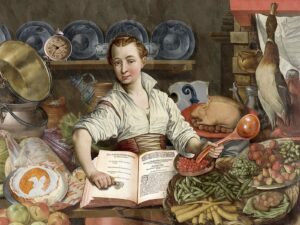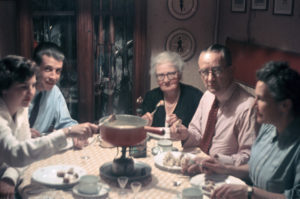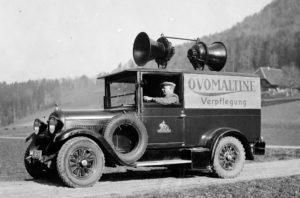
From the pharmacy to the supermarket shelf
Ovomaltine (also sold as Ovaltine) is a popular breakfast drink. It was invented by a chemist, and to begin with it was only available in pharmacies.
Ovomaltine originally sold only in pharmacies
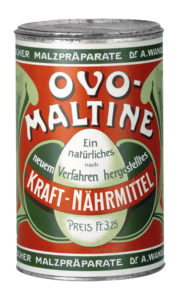

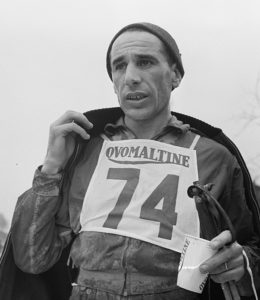
History of Ovomaltine in a short documentary. YouTube
Ovomaltine advertising from 1965. YouTube
American Ovomaltine advertising from the 1950s. YouTube

